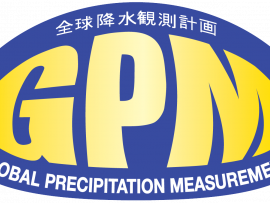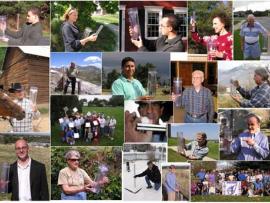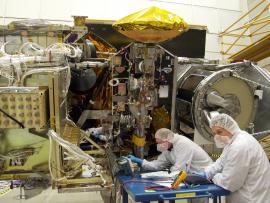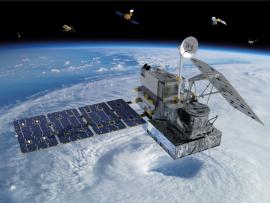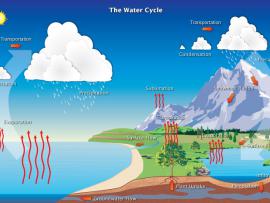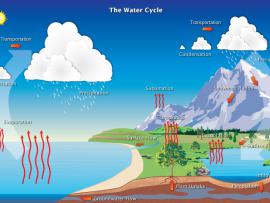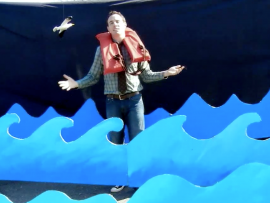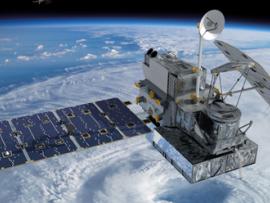Search
Primary tabs
Search
Your search for "Hail" gave back 12 results.
Primary Topic:
Type:
Summary:
A list of frequently asked questions about precipitation.
Primary Topic:
Subtopics:
Type:
Summary:
An educational brochure which explores the importance of fresh water to life on Earth and how NASA is monitoring and studying precipitation using satellites like GPM.
Primary Topic:
Subtopics:
Type:
Keywords:
Summary:
CoCoRaHS is a Citizen Science organization that helps participants collect and share precipitation data. They also assist teachers in learning how to install and use rain gauges with their students. Learn how to collect and submit measurements to CoCoRaHS
Primary Topic:
Subtopics:
Type:
Keywords:
Summary:
Part 3 of a 4 part webquest that teaches the basics of precipitation science and technology. Prepares students for the GPM Anime Contest.
Primary Topic:
Type:
Summary:
The water, or hydrologic, cycle describes the pilgrimage of water as water molecules make their way from the Earth’s surface to the atmosphere and back again, in some cases to below the surface.
Primary Topic:
Subtopics:
Type:
Standards:
Keywords:
Summary:
The short video, 'For Good Measure' explains why scientists turn to satellites to get a worldwide view of rainfall.
Primary Topic:
Subtopics:
Type:
Standards:
Summary:
This video, "Our Wet Wide World", provides an overview of the Global Precipitation Measurement Mission and its goals.
Primary Topic:
Subtopics:
Type:
Standards:
Keywords:
Summary:
This data exercise has students look up precipitation ground data and satellite data for a site in Washington State and do a comparison using a data table and a graph. The activity is expected to take about 45 minutes.


